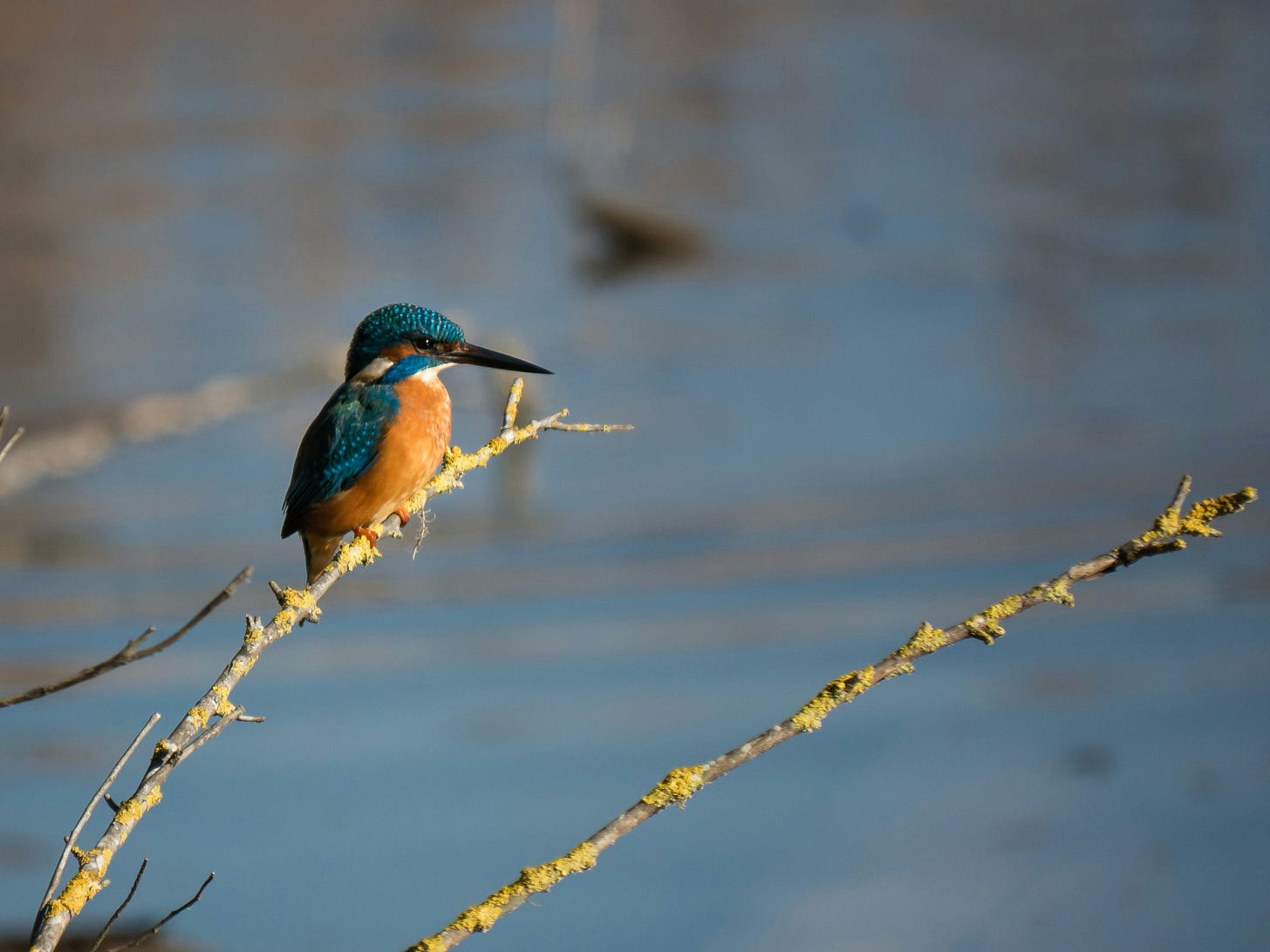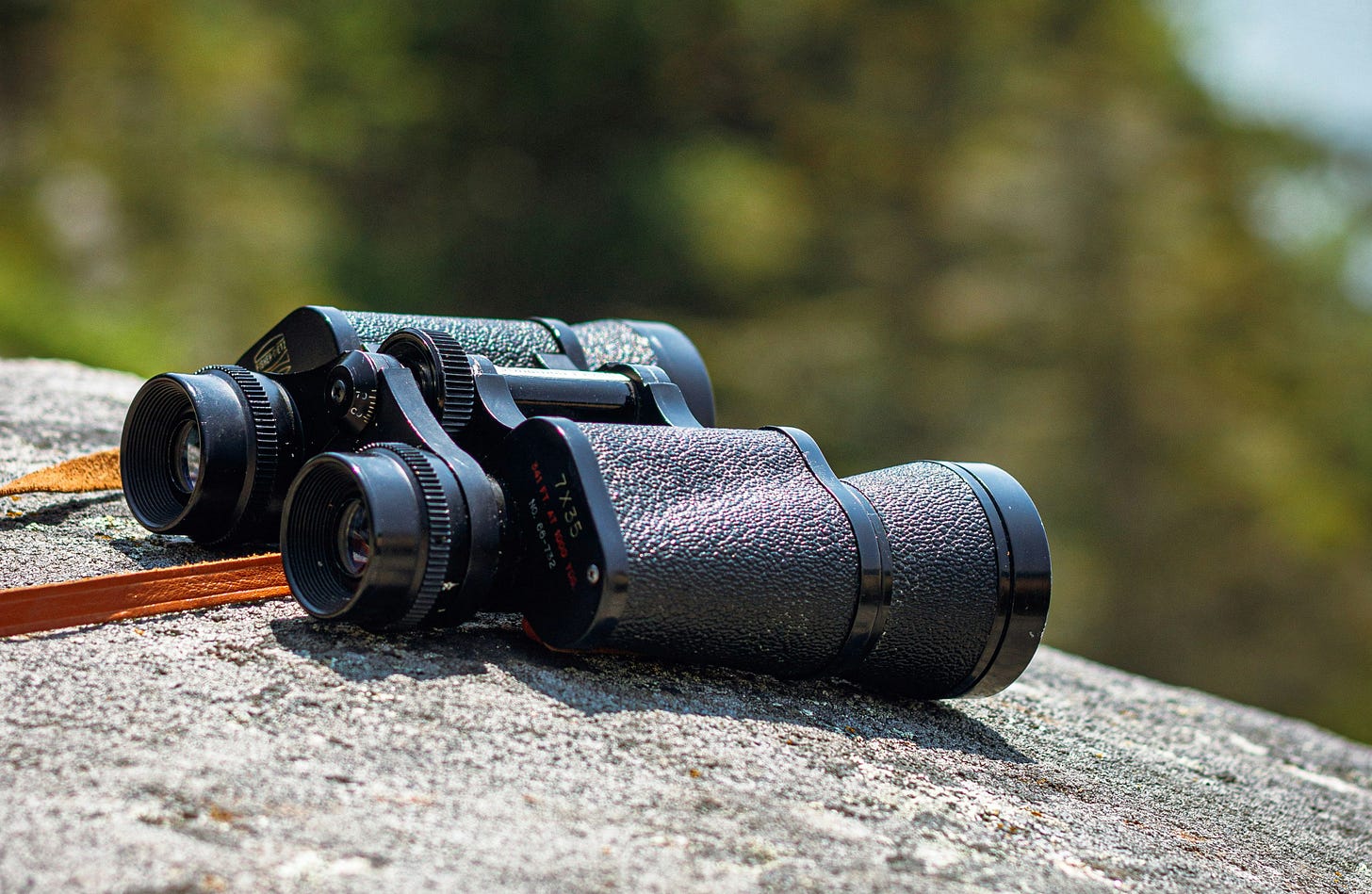A detective walks into the White House and immediately tells everyone they’re wrong about everything. In The Residence, Detective Cordelia Cupp (played by the brilliant and always hilarious Uzo Aduba) arrives at a State Dinner murder scene wearing a classic British field jacket (Sherlock Holmes inspired!) accessorized with binoculars, and armed with quips for days.
Multiple friends, especially doctor friends, texted me when the show dropped (shoutout to Ani and Anika!), asking “Have you seen it?” The people in my life tend to think of me when they encounter eccentric detectives—as a devotee of cozy mysteries (I grew up reading Agatha Christie and Sherlock Holmes off my grandmother’s shelf in Madras), it was exactly my speed. I scarfed The Residence in two sittings.
And no surprise, I’m writing a book where detective stories feature prominently: The Doctor and the Detective: A Cultural History of Diagnosis.
Cupp is an obsessive bird-watching detective who must solve a murder where the White House staff and dinner guests are all suspects. In Season 1, Episode 2, she delivers this rich line: “Don’t pick up your binoculars unless you know what you’re looking at.” It’s good life advice, and it also applies to anyone whose profession depends on tools that help perceive or observe reality…especially the high stakes world of medicine.
Cupp’s birdwatching might seem like an esoteric hobby, but it’s actually the root of her investigative skill—a tradition that goes back millennia. Ancient physicians understood that looking outward helps us see inward. Optics helped the ancients study celestial movements, and eventually we would turn those same tools inward to study the human body. This quote is commonly attributed to Hippocrates (though hotly debated): “A physician without knowledge of astrology has no right to call himself a physician.” In other words, looking outward at the stars and larger systems influences how we look inward at our bodies, symptoms, and diagnoses.
The history of modern optics tells this story. Carl Zeiss and Ernst Abbe made significant breakthroughs in microscopes, so much so that Robert Koch, who identified the bacterium causing tuberculosis, wrote, “A large part of my success, I have been privileged to achieve in science I owe to your excellent microscopes” (Koch, 1904). Zeiss then gave a pair of binoculars to a young zoologist, Ernst Jäckel, whose work would transform ornithology from a taxidermy field (looking at dead, stuffed birds) to a live behavioral observation field. Zeiss optics became huge (and still is) in birdwatching.
But here’s what Cupp knows, and what makes her a top-notch detective: our tools are only as good as we are. Binoculars join a pantheon of instruments designed to reveal the hidden, just like technologies in medicine. We always think if we can just see it, we can know it. But like stethoscopes, imaging, and lab work, the tool itself doesn’t guarantee insight. There’s a fascinating phenomenon called “binocular rivalry” where different images in each eye compete for dominance, creating a fluctuating reality rather than fusion. In medicine, we experience our own version of this—competing diagnoses, contradictory stories, conflicting test results. The tension between what we expect to see and what’s actually there.
This is why Detective Cupp is successful. Because she doesn’t trust the obvious and isn’t overreliant on even her own tools. As she toggles between identifying species of birds on the White House lawn and chasing a murderer through the residence, she shows us that habits of attention matter more than the tools themselves, and that the most sophisticated instrument is a trained, skeptical mind. The Residence applies to anyone whose work depends on seeing clearly—birdwatchers, doctors, detectives, and perhaps all of us trying to make sense of an increasingly complex world.
This is what my new Substack, The Workup, is about—following the paths where medicine, culture, and curiosity meet. For example, a TV detective’s niche hobby can lead us to the history of optics, lenses, scientific observation, and conservation. Tell your friends to subscribe!
Culture Report
Reading: Claire Keegan’s Small Things Like These: What a beauty! This slim, small novel is laced with precise observations. As Hilary Mantel notes, every word sits in exactly the right place. Keegan has the extraordinary gift of being able to transfer her disciplined attention to the reader. I’m a maximalist, so I’ve been thinking about this a lot: paring away excess and writing only what is essential.
(Re)watching: Lost: Over two decades ago, this show rocked our collective consciousness. I’ve been particularly fascinated by how orthopedic surgeon Jack Shephard (Matthew Fox) improvises making IVs using sea urchin spines. This has me seriously contemplating the wilderness medicine course I never took in med school.
Obsessing Over: Rob Walker’s Substack The Art of Noticing, especially his post on birding, has been on my mind. He talks about The New Yorker article “The Battle for Attention,” which goes into detail about The Strother School of Radical Attention and The Friends of Attention. In our attention economy, giving something your full focus might be our most precious resource—and the one we rarely give ourselves.





love this 🤩 can’t wait for more!